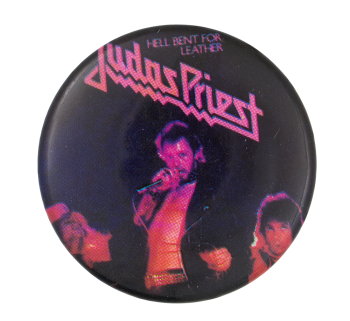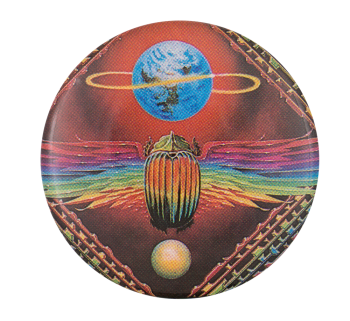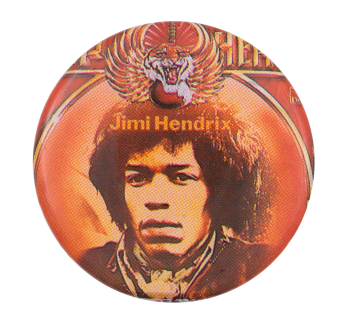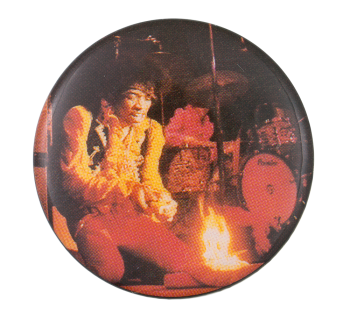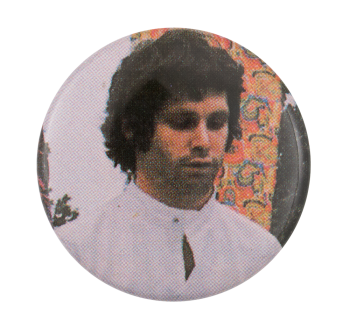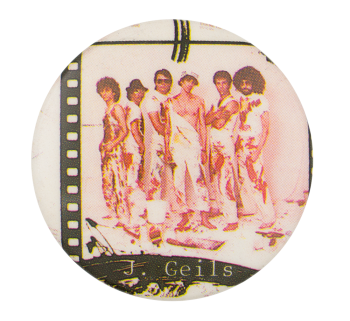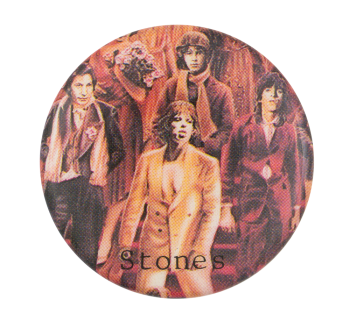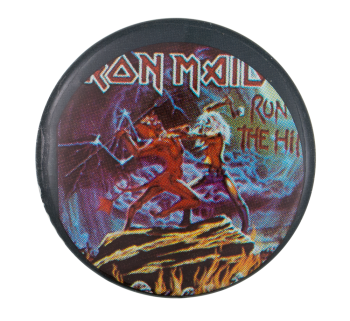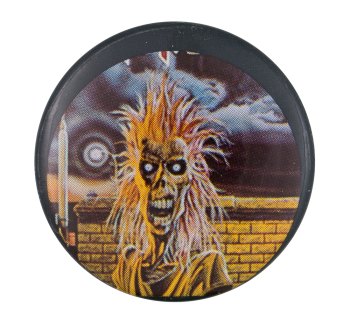Judas Priest Hell Bent
| Category | |
|---|---|
| Additional Images | |
| Sub Categories | |
| Text on Button | Judas Priest HELL BENT FOR LEATHER |
| Image Description | Pink text on a photograph of Judas Priest |
| Back Style | |
| The Shape | |
| The Size | |
| Additional Information | Founded in 1969, Judas Priest is a heavy metal rock band from the UK comprised of five members: Richie Faulkner, Rob Halford, Ian Hill, Glenn Tipton, and Scott Travis; all of whom are not the founding members. The founding members were Al Atkins (lead vocalist), John Patridge (drummer), John Perry (guitar), and Bruno Stapenhill (bass). Their mix of heavy metal rock and blues is what made their popularity grow. The 1980 release of their sixth studio album British Steel is what gave heavy metal its defining sound which encouraged MTV to give them the title as one of the most legendary heavy metal bands in music history. |
| Catalog ID | MU0303 |

